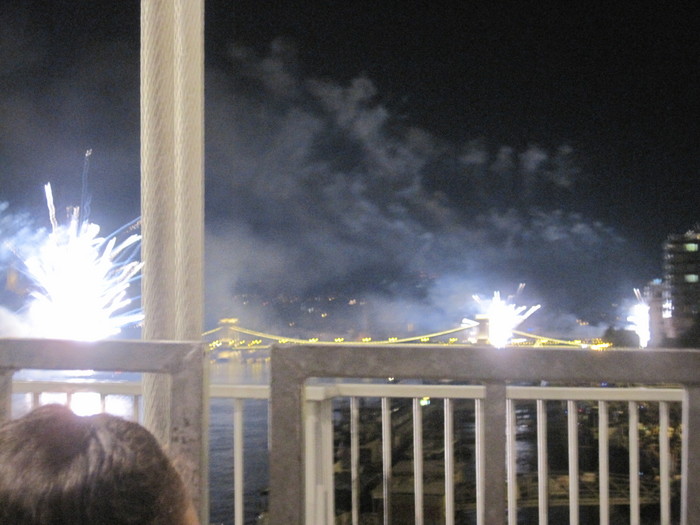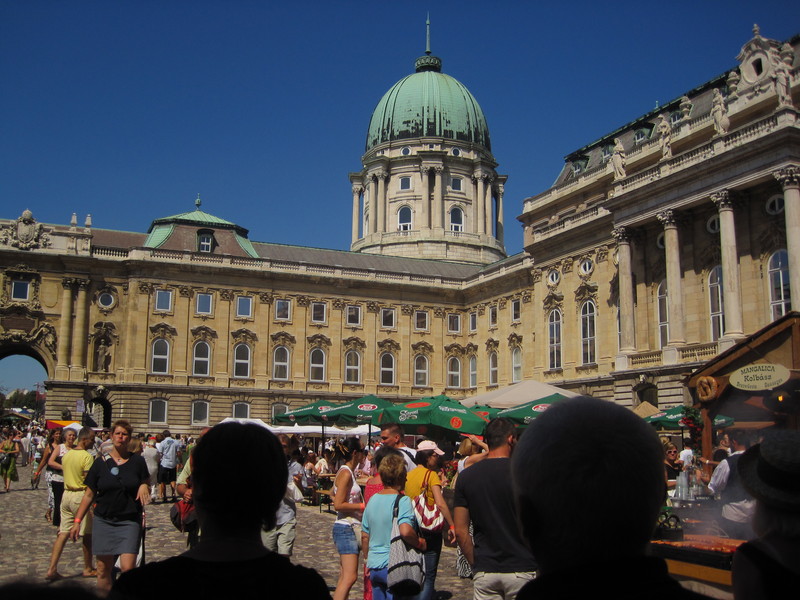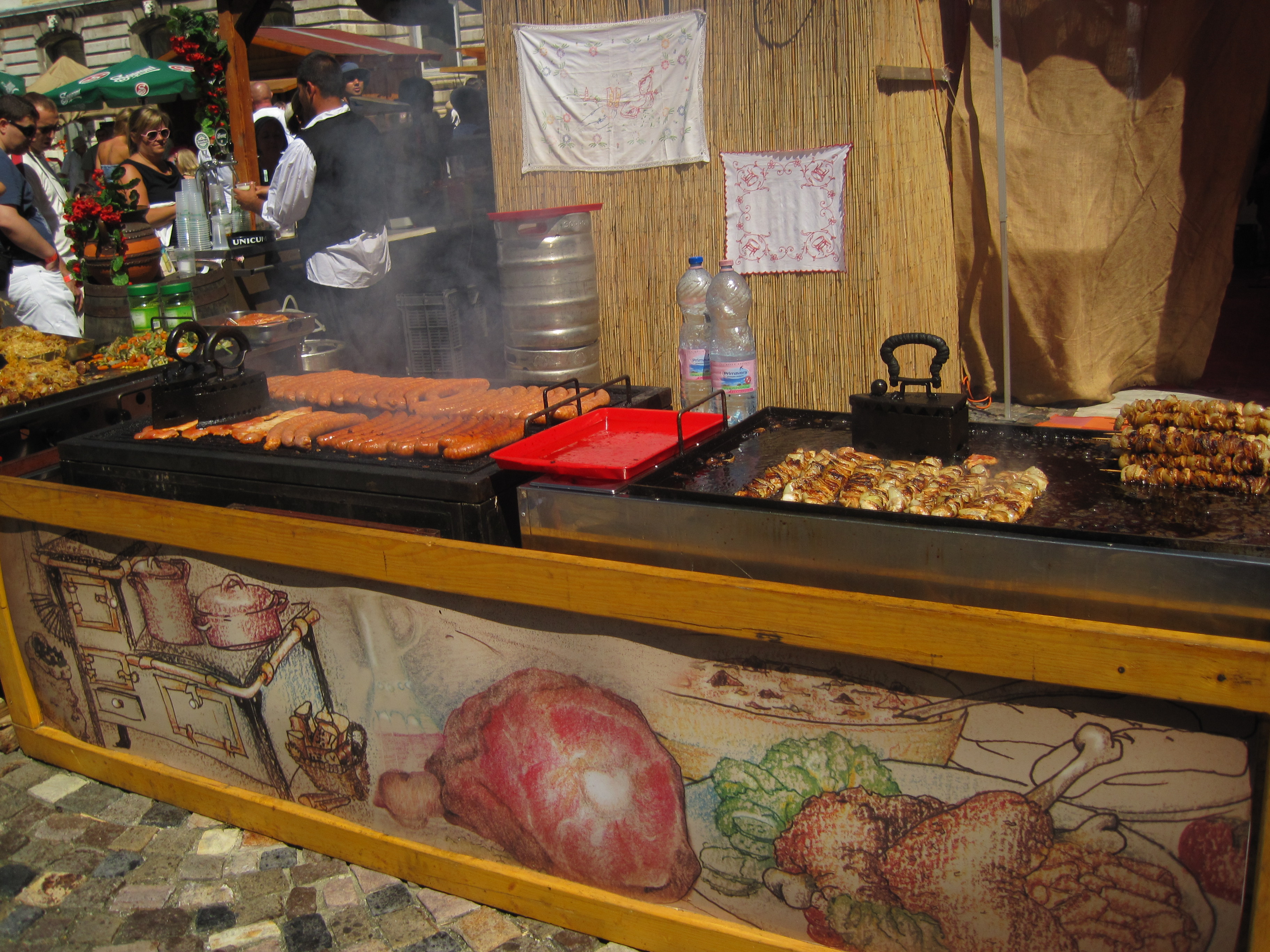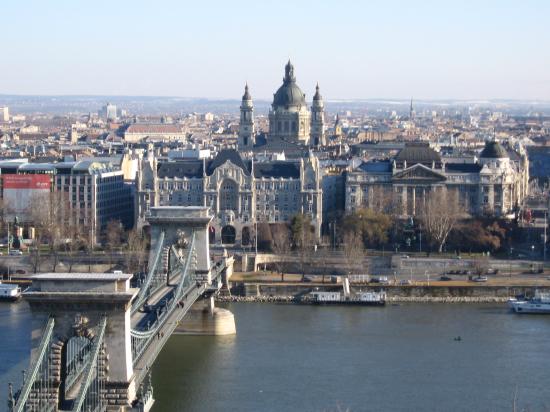October 23rd is a Hungarian national holiday. It is a day of remembering the 1956 Revolution, the struggle against communist dictatorship, the defiance of courageous citizens against USSR tanks and an empire. I went to the square in front of the country’s parliament where the many of the day’s activities took place. There were stands of food, wine, a radio exhibit with the recordings from the revolution, and Hungarian Olympic athletes. It was as much a day of somber remembrance as of national pride. I stayed in the square to see the prime minister of Hungary speak. I was fascinated to know what he would say considering the sweeping elections in the country allowing his party nearly full control of administration, the current economic crisis of the country, the sludge, and about what Hungarians can expect of the future.
His speech first recounted the events of the Revolution and then began making parallels to the recent the elections. He equated the people’s want for change back then similar to their yearning for change currently (as evidenced through the election results). He then spoke of change that will be fast, but not impetuous, strict, but not strangling. He told the crowd that they have set a goal of one year to turn the country around from its kleptocratic politics, mismanagement, and poor economic demeanor. Hungary will be taking the EU presidency seat starting in January 2011, which is also important for its future. He ended his speech once again paralelling the struggles of then to tha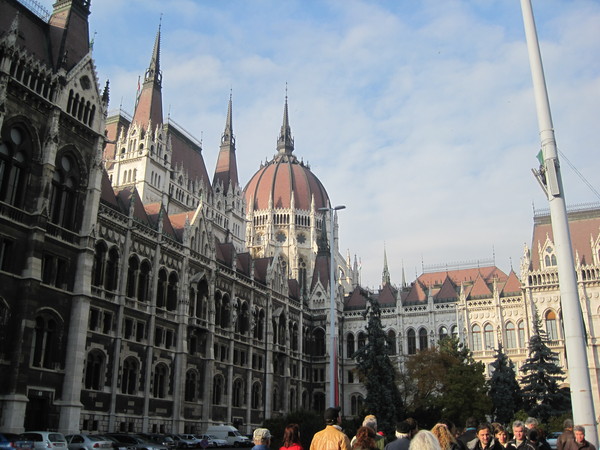 t of today, and the fortitude and resiliency of the Hungarian people as a historical motif. The national anthem was sung, then the Szekler anthem, and I went home fascinated by the changes to come.
t of today, and the fortitude and resiliency of the Hungarian people as a historical motif. The national anthem was sung, then the Szekler anthem, and I went home fascinated by the changes to come.

Location: Budapest




